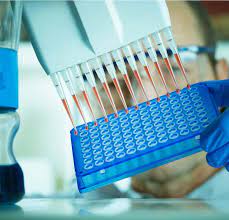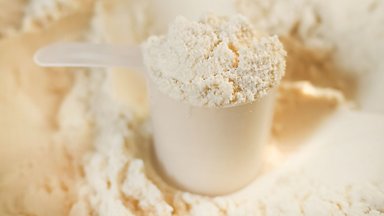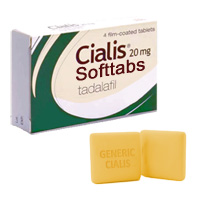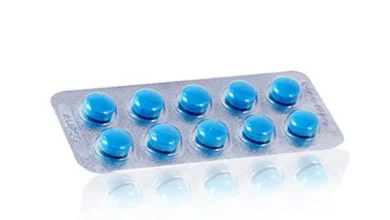Bioanalytical Assay Exposed: The Key to Unlocking Insights into Biological Samples!

Bioanalytical assays are vital at all stages of the drug development process. Drug discovery focuses on identifying and evaluating novel chemical entities that have the potential to become safe and effective drug products in the later stages of drug development.
Robust bioanalytical testing strategies are essential for accelerating compounds from drug discovery to subsequent development processes. Hence, whether in vitro assay development or fully validated bioanalytical methods, unlocking the potential of bioanalytical assays is crucial in gaining insights into biological samples. The current article dives deeper into unlocking the potential of bioanalytical assays.
Bioanalytical assays
Over the last few decades, bioanalysis has played a crucial role in drug discovery and development. Newer bioanalytical assays are developed continuously to support drug candidates at various stages of development. Not to mention numerous bioanalytical testing solutions are available for generic and prescription medical products. Hence robust bioanalytical assays will always remain crucial to maximize the generation of reliable and reproducible study data.
However, before employing a bioanalytical assay for routine purposes, assay qualification and validation become vital to demonstrate its suitability for clinical applications. Besides, a biological assay should comply with GLP regulations. The US FDA has several parameters required for assay validation, including selectivity, sensitivity, stability, calibration model, accuracy, and limit of quantification.
Researchers may not perform complete assay validation during early drug discovery studies. As a drug candidate reaches the clinical stages of drug development, bioanalytical assays will require full assay validation. For example, from the preclinical phase to clinical trials, investigators focus on the linearity, precision, and specificity of bioanalytical assays.
Moreover, during initial drug discovery, researchers may primarily aim to evaluate the relationship between drug concentration and exposure with its safety and efficacy. These requirements may need simple assay development, primarily focusing on screening and assessing lead compounds.
During the drug development phase, the entire focus shifts to assessing the efficacy, toxicity, and safety profile of a new drug molecule. However, researchers must incorporate pharmacokinetic and pharmacodynamic characteristics of a drug product to ensure the drug candidate does not fail in later drug development programs.
Toxicokinetic analysis forms a crucial component of preclinical drug development. It is concerned with defining the relationship between drug exposure with the administered dose to provide dose-dependent data and determine the effect of pharmacokinetics in animal models. However, the overall objective of the toxicokinetic analysis is to extrapolate safety and efficacy measures to develop a risk profile for a specific test species.
Drug efficacy and safety are tested in humans during the later stages of clinical trials.. A completely validated bioanalytical assay is crucial as the drug compound is tested in human subjects. Here, compliance with selectivity, stability, and specific parameters is paramount. Besides, many patients ingest different medicines concomitantly. Hence bioanalytical assays should be robust enough to accommodate minor modifications for incorporating newer alterations to the study.
Conclusion
The need for robust bioanalytical assays is well-appreciated in the scientific community. Therefore, focusing on reliable bioanalytical assay development and validation is the key to delivering insightful data into biological samples.



